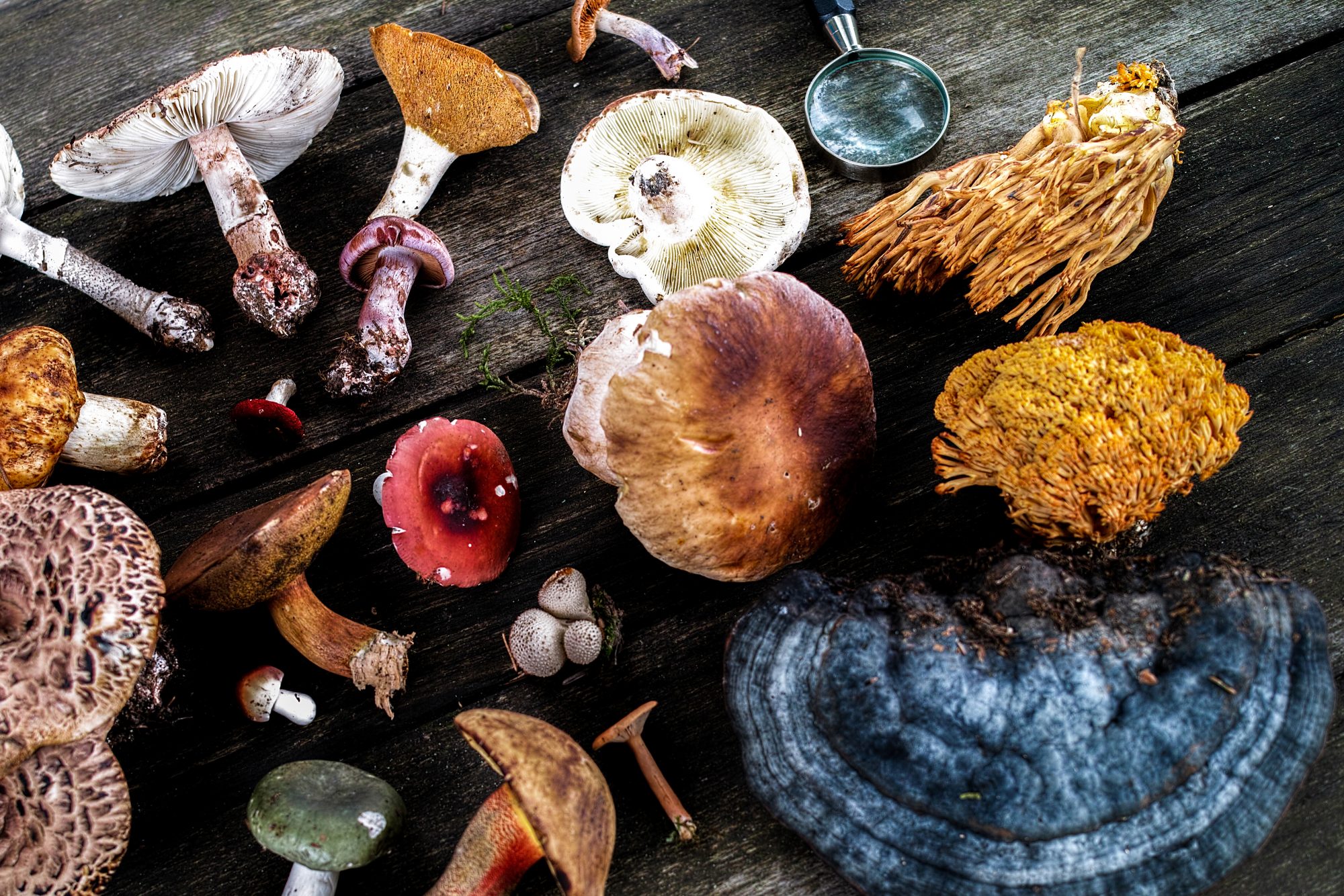The alternative medicine industry is a global market, estimated to be worth as massive as $400 B by 2028. The market has continued to expand with a growing consumer base that believes in the benefits derived from alternative and complementary medicine.
Many favor alternative and complementary medicine due to its natural components. These kinds of treatments connote natural healing processes rather than hastened interventions using synthetic therapeutic methods or material. Natural remedies align with the belief that an imbalance in the body causes illness and that the body has the natural ability to heal itself.
In Comes Medicinal Mushrooms
One such form of alternative medicine is medicinal mushrooms. Patients ingest these beneficial fungi in the form of powder or extracts, which are believed to be effective for healing and preventing different diseases or improving physical wellness. Eastern medicine has used medicinal mushrooms for several centuries, growing in popularity in Western regions in these modern times. These days, medicinal mushrooms mostly come in powdered form, which people blend into food and drink.
Furthermore, mushrooms are one of the top crop choices among urban farmers. Facilities for growing mushrooms can range from stacked logs under outdoor shade to state-of-the-art growing chambers. Specialty mushrooms are considered high-value crops which can sell for up to $6 per pound wholesale. You can grow mushrooms in large quantities even with limited space, depending on the type of growing system you decide on.

Producing and Marketing Your Mushroom Business
If you plan to grow mushrooms in your yard, you can utilize spawned logs stacked under a shade cloth. The development period (or “spawn run”) is anywhere between 6 and 18 months, depending on variables such as log type, temperature, and moisture. After the spawn run, you must transfer the cultivated logs to a low-temperature, moisture-rich raising yard until the mushrooms are ready for harvest. A single log can cultivate up to 5 mushroom crops. You can cultivate shiitake and other mushroom species in basic, non-mechanical setups such as the log method.
Suppose you’re aiming for higher yields and shorter production times for specialty mushrooms. If that’s the case, there are hydroponic mushroom cultivation facilities that can do that for you.
Another option is to harvest wild mushrooms from their natural environment. In certain regions, morel, chanterelle mushrooms, and other species are harvested in volumes each year. Doing so can offer cost savings in production facilities. However, you will have to face higher costs for labor, unpredictable crop yields, uncontrolled weather conditions, and transport.
Effectively marketing your mushroom products begins when you decide which types to grow, the location, and the method. In deciding which species you’ll focus on, you will need to determine your target consumers. You can decide to grow edible mushrooms for general dining markets (business-to-business or business-to-consumer models). Alternatively, you can produce specific types that you can market to a niche consumer group that consumes mushrooms for wellness and healthier diets.
6 Medicinal Mushrooms for Better Health
Mushrooms have a long list of health advantages ranging from improving immunity to brain boost to antioxidant qualities. Below is a short list of medicinal mushrooms with particular health benefits:
- Reishi mushrooms are known to help with weight loss, improve the immune system, and have been studied to fight cancer cells. Reishis are also rich in triterpene, a compound known for its calming effects. This is why this mushroom is also suitable for alleviating anxiety and improving sleep.
- Lion’s mane mushrooms are known for their mental clarity benefits. Lion’s mane is rich in antioxidants and strengthens the immune system. What’s remarkable about lion’s mane is that it promotes the production of bioprotein and myelin, both beneficial to nerve growth and protection.
- Chaga mushrooms are likewise rich in antioxidants, making them effective in combating inflammation and free radicals. Chagas fight skin aging, thought to help prevent cancer, and diminish bad cholesterol.
- Shiitake mushrooms have been found to lower bad cholesterol and contain components that impede the liver’s production and absorption of cholesterol. Shiitakes contain phytonutrients that can prevent help with healthy blood circulation.
- Turkey tail contains immune system-boosting polysaccharide-K (PSK). In Japan, this substance is an approved anti-cancer drug, PSK is also known for improving cancer survival rates, fighting leukemia cells and elevating the immune system of people undergoing chemotherapy.
- Cordyceps is a known energy stimulant. It helps the body in efficient oxygen utilization. This species enhances blood circulation, making it popular among athletes and individuals who have active workout lifestyles. Cordyceps are also known to improve muscle recovery after exercise.
If you are thinking of taking the urban farming route in launching a business, mushroom farming can be a logical option. Thoroughly understanding mushroom production processes and marketing options is vital in deciding the extent of your mushroom growing business. There are several advantages to producing medicinal mushrooms commercially and marketing them to various niche or general consumers.





